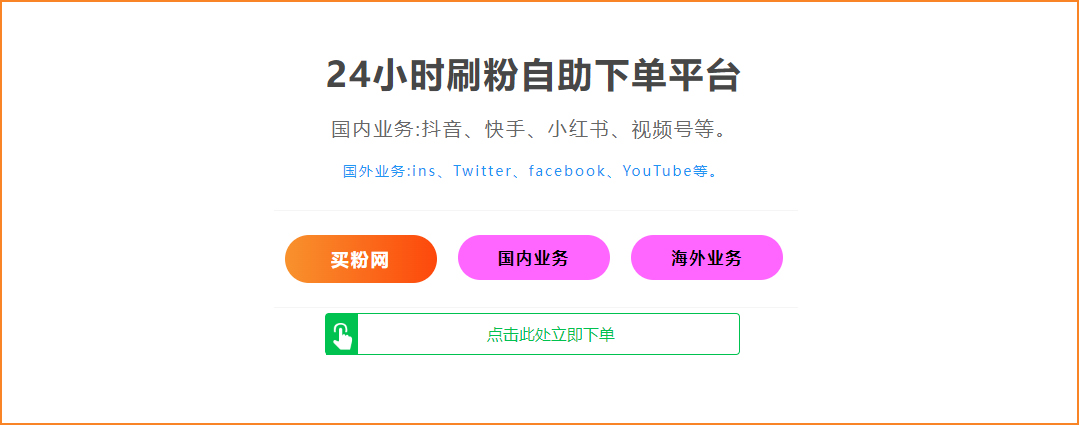In the fast-paced world of technology and education, the traditional methods of language learning are being challenged and transformed by innovative approaches. One such approach that has gained significant popularity in recent years is online language learning through ‘brushing’ or ‘代刷’ as it is commonly known in Chinese. The concept behind ‘代刷’ in English language learning involves doing online exercises, solving grammar quizzes, and answering questions to improve language proficiency. This article delves into the evolution of English language learning through online brushing questions and how it has revolutionized the way we approach language education.
In the past, learning a new language primarily relied on textbooks, classroom instruction, and extensive practice. However, with the advent of technology and the internet, language learning has undergone a profound transformation. The rise of online platforms and applications offering language courses has opened up new avenues for learners to acquire knowledge and improve their skills. Online brushing questions specifically cater to this new trend, providing a convenient and effective way to practice language skills.
The beauty of online brushing lies in its customization and accessibility. Learners can access a wide range of resources tailored to their specific needs, from beginner-level grammar exercises to advanced-level comprehension questions. This variety ensures that every learner, regardless of their proficiency level, can find suitable challenges to push their boundaries and improve their skills. The flexibility of online brushing also allows learners to study at their own pace, making it a convenient option for busy schedules or for those who prefer self-study.
Moreover, online brushing questions provide instant feedback, which is crucial for effective learning. As learners answer questions, they receive immediate feedback on their performance, enabling them to identify areas of weakness and improve accordingly. This interactive aspect of online brushing not only keeps learners engaged but also helps them in understanding the concepts better. The ability to track progress and set goals further enhances the effectiveness of online brushing as a learning tool.
However, it’s important to note that online brushing isn’t a replacement for traditional language learning methods. Rather, it complements them by providing an additional layer of practice and reinforcement. The strength of face-to-face instruction and classroom interactions cannot be understated, as they offer a rich learning environment with human interaction and real-time feedback from teachers. Online brushing, on the other hand, acts as a supplementary tool that learners can use to supplement their learning outside the classroom or as a self-study tool.

The evolution of English language learning through online brushing questions reflects the changing landscape of education technology. It has not only revolutionized the way we approach language learning but also enabled learners to tailor their experiences based on their preferences and needs. As technology continues to evolve, we can expect further advancements in online language learning tools and methods, paving the way for even more innovative approaches in the future.
In conclusion, online brushing questions have become an integral part of English language learning in the modern era. By providing convenient, customized, and interactive ways to practice language skills, online brushing has revolutionized language education. As we look ahead, the potential for further advancements in this field is immense, promising even more effective and efficient ways to learn languages in the future.















